In an era dominated by digital communication and rapid technological advances, many traditional etiquette rules have been forgotten. However, these time-honored practices offer invaluable insights into kindness, respect, and human connection. Here, we explore 15 old school etiquette rules that deserve a place in our modern world.
1. Writing Thank-You Notes

There’s a unique charm in penning a heartfelt thank-you note. In today’s fast-paced world, where digital messages are instantaneous, taking the time to write a personal note can make all the difference.
These notes convey genuine appreciation, showing that the recipient is worth the extra effort. A quick email or text can be easily forgotten, but a handwritten note leaves a lasting impression.
Incorporating this simple act into our lives can strengthen relationships, both personal and professional. It serves as a tangible reminder of gratitude, making both the sender and receiver feel valued.
2. Greeting with a Firm Handshake

A firm handshake is more than a greeting; it’s a statement. It conveys confidence, respect, and sincerity in a manner that words often cannot. In a world dominated by virtual meetings, this traditional gesture remains powerful.
A proper handshake can set the tone for any interaction, whether personal or professional. It bridges the gap between people, fostering a sense of trust and mutual respect.
Though simple, this gesture’s impact is profound, making it an essential part of our etiquette arsenal. It transcends cultural boundaries, uniting people through a shared understanding of respect.
3. Using Proper Table Manners
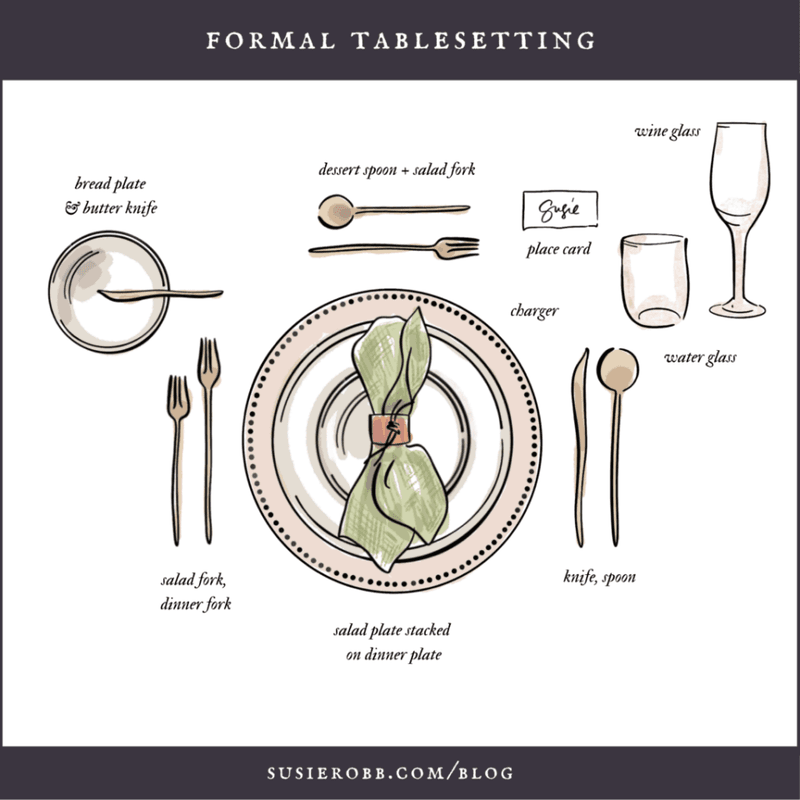
Table manners are not just about knowing which fork to use; they reflect a person’s upbringing and respect for others. Proper table etiquette creates a pleasant dining atmosphere, enhancing the overall experience for everyone involved.
Observing these manners shows mindfulness and consideration, whether at a family dinner or a formal event. Simple acts, like chewing quietly and using utensils correctly, contribute to a harmonious dining environment.
As society becomes more casual, maintaining these traditions helps preserve a sense of occasion and respect. They remind us that small actions can have a big impact on social interactions.
4. Respecting Elders
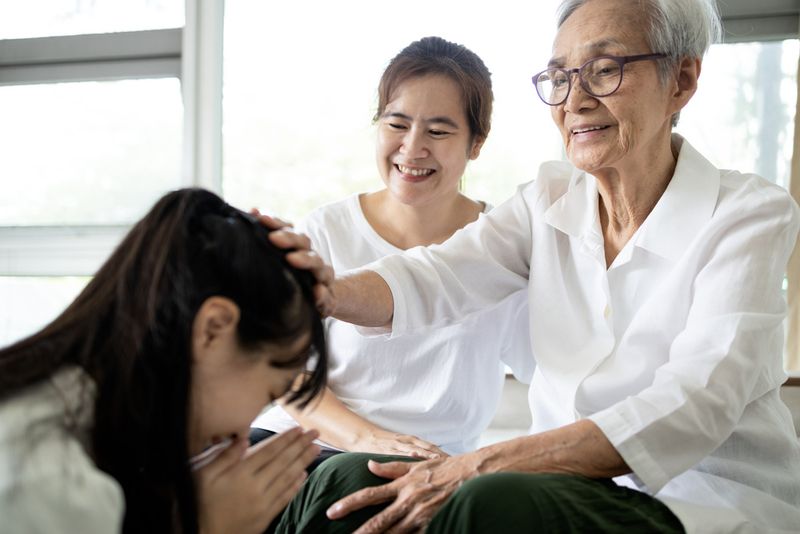
In many cultures, respecting elders is a cornerstone of social values, yet this tradition is waning. Listening to the wisdom and experiences of older generations enriches our understanding of the world.
This practice fosters strong family bonds, connecting different generations through shared stories and teachings. It also instills a sense of humility and gratitude.
By valuing the contributions of our elders, we acknowledge their role in shaping our communities. This respect is a two-way street, encouraging younger generations to learn from the past while offering fresh perspectives for the future.
5. Dressing Appropriately for the Occasion

Fashion is an expression, but dressing appropriately shows respect for the occasion and those present. It’s not about rigid dress codes, but understanding and honoring the context.
Wearing the right attire enhances the atmosphere, whether at a wedding, business meeting, or casual gathering. It can influence perceptions, making a lasting impression on those around us.
In a world where casual wear is becoming the norm, observing dress codes highlights the significance of the event. It’s a way to communicate respect and recognition for the occasion’s importance.
6. Holding Doors Open

The simple act of holding a door open for another is a gesture of kindness and consideration. It shows awareness of those around us and fosters a sense of community.
This small courtesy connects people, even strangers, through shared acts of kindness. In our busy lives, these moments of thoughtfulness remind us to slow down and appreciate human connections.
Keeping this tradition alive reinforces the value of empathy and respect for others. It’s a reminder that even the smallest actions can brighten someone’s day and strengthen the bonds within our community.
7. Offering a Seat to Others
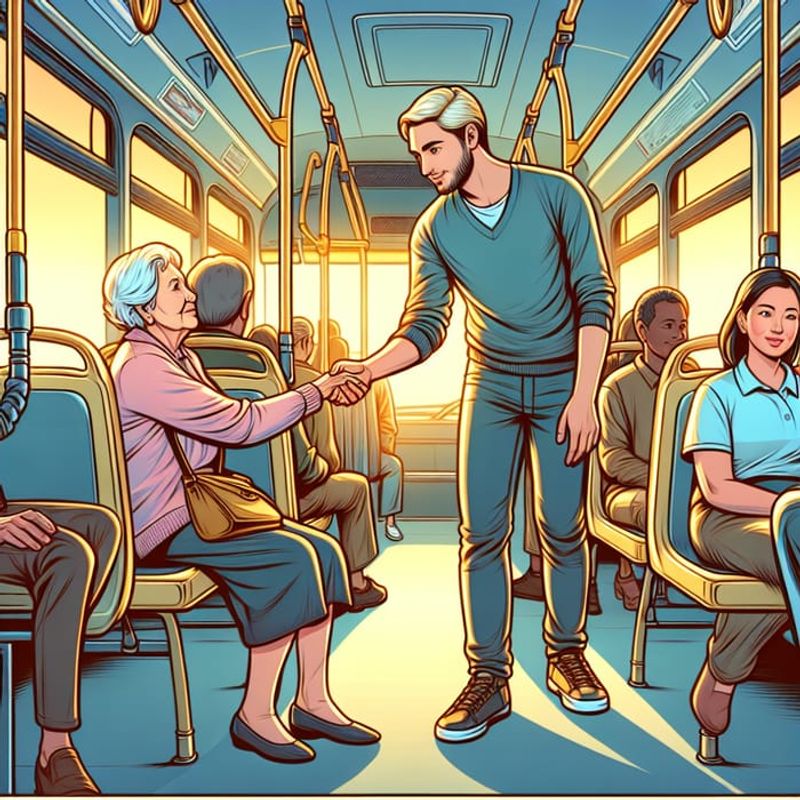
Offering a seat to someone in need, especially the elderly or disabled, speaks volumes about one’s character. It’s a timeless gesture of empathy and respect that transcends cultural differences.
In crowded spaces, such as public transport, this act of kindness fosters a sense of community and care. It encourages us to look beyond ourselves and recognize the needs of others.
Embracing this etiquette rule nurtures a culture of consideration and goodwill. It’s a simple yet profound reminder of our shared humanity, invoking a spirit of generosity and understanding.
8. Sending RSVPs on Time
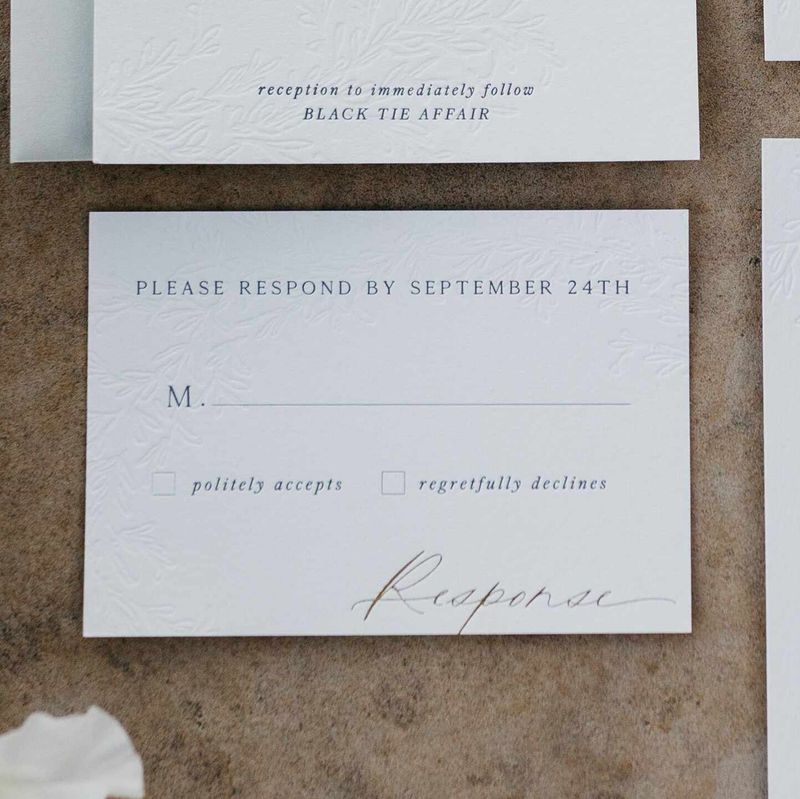
Responding promptly to invitations reflects thoughtfulness and respect for the host’s efforts. It’s an essential part of planning, enabling hosts to prepare accordingly.
By sending RSVPs on time, we acknowledge the host’s invitation and express our gratitude for their hospitality. It also ensures that the event runs smoothly, accommodating everyone’s needs.
In the digital age, where invites are often overlooked, this tradition emphasizes the importance of respect and communication. It’s a gesture of appreciation, contributing to a successful and harmonious gathering.
9. Practicing Active Listening

Active listening is an art that fosters genuine connections and mutual understanding. It involves giving full attention, responding thoughtfully, and valuing the speaker’s words.
In our noisy world, where distractions abound, practicing active listening shows respect and empathy. It strengthens relationships by creating a space where individuals feel heard and valued.
Incorporating this etiquette rule into our interactions enhances communication and builds trust. It’s a reminder of the power of presence, urging us to engage fully with those around us.
10. Using Polite Language

Polite language is a fundamental aspect of courteous interactions. It reflects respect and consideration, fostering positive relationships and peaceful coexistence.
Using manners like “please” and “thank you” acknowledges others’ efforts and feelings. It creates an atmosphere of kindness and warmth, encouraging mutual respect.
Incorporating polite language into daily conversations enhances social interactions, making them more pleasant and meaningful. It’s a simple yet powerful tool for building bridges and nurturing a harmonious community.
11. Writing Personal Letters

In an age dominated by instant messaging, the personal letter stands as a testament to thoughtful communication. Writing letters allows us to express emotions and thoughts with depth and sincerity.
This timeless tradition offers a personal touch, forging connections that electronic messages often lack. It’s a deliberate act of sharing one’s inner world, leaving a tangible legacy of words.
Embracing this etiquette rule reminds us of the beauty in slowing down and taking the time to connect genuinely. It adds a layer of intimacy and warmth to our interactions.
12. Respecting Personal Space
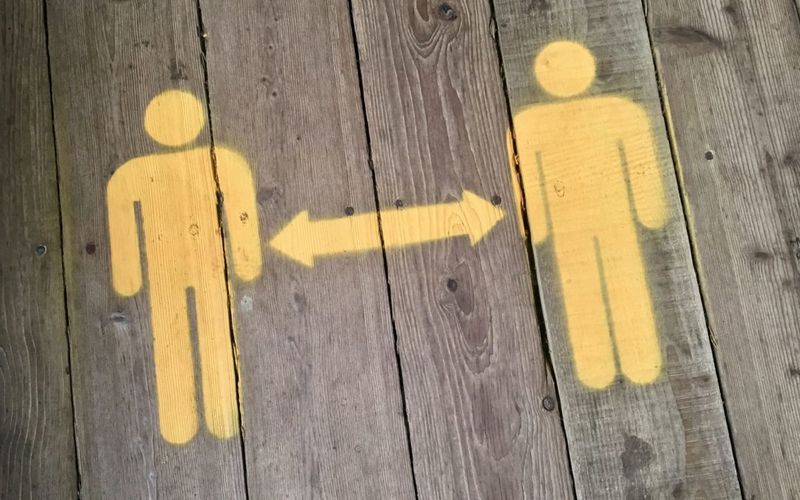
Respecting personal space is a fundamental aspect of social interactions. It shows awareness and consideration for others’ comfort and boundaries.
In close quarters, such as crowded events, understanding and maintaining personal space fosters a sense of safety and respect. It allows individuals to interact without feeling overwhelmed or intruded upon.
This etiquette rule emphasizes the importance of boundaries and consent in our interactions. It’s a reminder to be mindful of others’ needs, promoting a culture of respect and understanding.
13. Standing Up to Greet
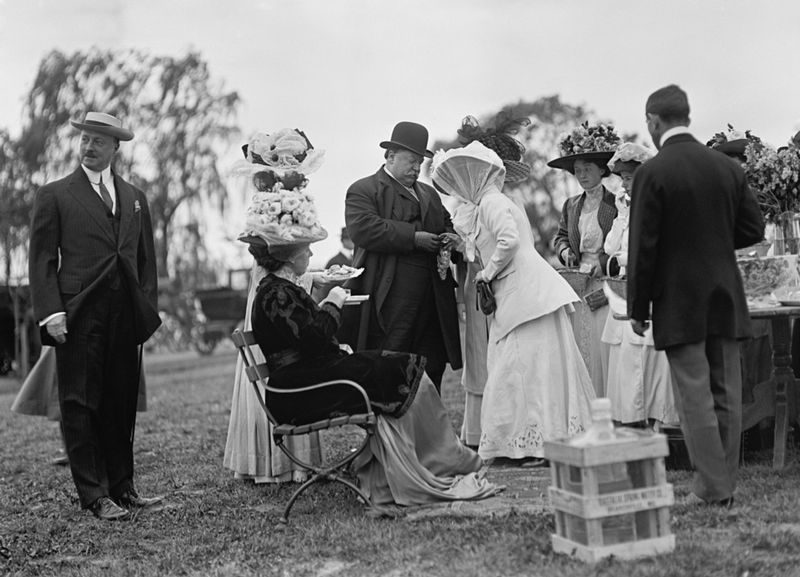
Standing up to greet someone is a traditional sign of respect and welcome. It conveys warmth, acknowledging the presence of the guest and offering a sincere gesture of hospitality.
This simple act reflects a readiness to engage and connect, creating a welcoming atmosphere. It bridges the gap between formality and friendliness, setting a positive tone for the interaction.
Incorporating this rule into our social practices enhances our capacity for genuine connection and respect. It’s a timeless gesture that continues to hold value in today’s world.
14. Introducing Others Properly
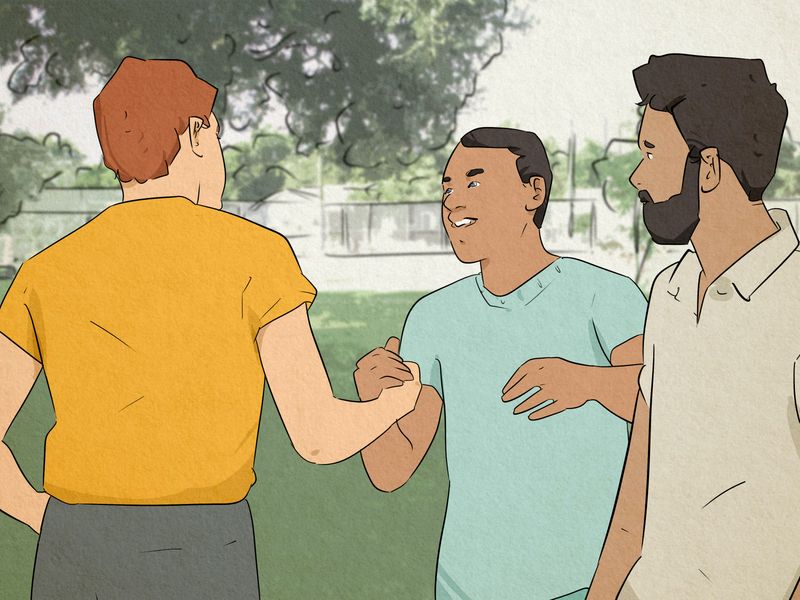
Proper introductions are the gateway to meaningful interactions, setting the stage for lasting connections. They demonstrate respect and facilitate smooth social integration.
By taking the time to introduce people properly, we acknowledge their presence and value. It creates an inclusive environment, encouraging open communication and relationship-building.
This etiquette rule fosters a sense of community, reminding us of the importance of connection and respect. It’s a key component in nurturing positive social dynamics and making everyone feel welcome.
15. Expressing Gratitude Frequently

Expressing gratitude is a powerful way to recognize the contributions and support of others. It’s a practice that cultivates positivity and strengthens relationships.
Gratitude can be conveyed through words or actions, creating a ripple effect of kindness and appreciation. It serves as a reminder of the interconnectedness and mutual support within our communities.
Incorporating this etiquette rule into daily life enriches our interactions and enhances personal well-being. It’s a simple yet transformative practice that fosters a culture of thankfulness.
Hi all, I am Sidney, an accountant, a hobbyist photographer, and a mother to two sweet girls who are my motivation. I love sharing the tips and tricks I gained all these years I’ve been a mother. I hope it will help you!

